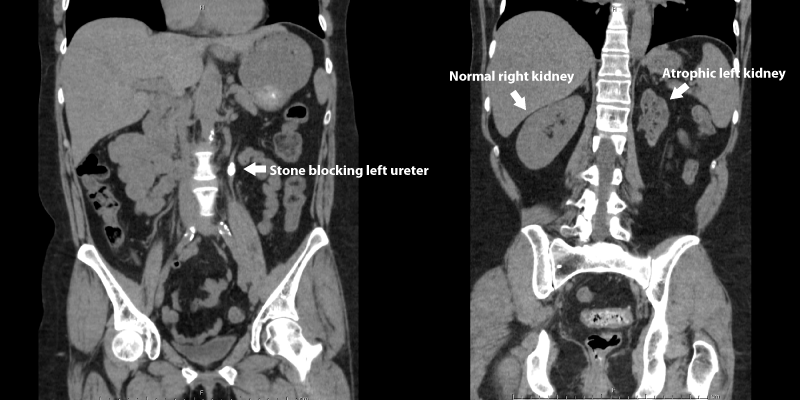Since the early 1990s, laparoscopic urologic surgeries have evolved from experimental techniques to commonly accepted procedures. Early pioneers in the field used instrumentation and optics that are primitive by today’s standards, but technological advances have made the operations more efficacious and easier to perform. Various devices, including energy sources, vascular staplers, 3-chip cameras, and robotic assistance, have allowed surgeons to perform complex operations with improved confidence.
Conventional laparoscopic camera consists of a 2-Dimensional (2D) system and although there is improvement in graphics from high definition (HD) system, there is still a lack of depth and spatial perception. There is much training needed to master laparoscopic techniques as there is a need to interpret secondary spatial cues such as shadow and motion parallax.
3-Dimensional (3D) systems may potentially improve laparoscopic training by eliminating the need to overcome the loss of stereoscopic vision.
(Laparoscopy), a modern technique in which an operation in the abdomen is performed through small incisions as compared to larger incisions needed in traditional surgical procedures. This surgical approach addresses the key requirements of Healthcare Reform:
- Increased Quality of Care – Minimally invasive surgery provides better clinical outcomes than traditional "open" surgery.
- Decreased Costs – Numerous industry and clinical studies have demonstrated that minimally invasive surgery provides significant cost savings when compared to a robotic surgical approach.
- Enhanced Patient Satisfaction – Minimally invasive surgery provides less scarring, shorter hospital stays and faster recovery than traditional "open" surgery.
Da Vinci is a computer-assisted robotic system that expands a surgeon's capability to operate within the abdomen in a less invasive way during laparoscopic surgery. This
The operations with the Da Vinci System are performed with no direct mechanical connection between the surgeon and the patient. The surgeon is remote from the patient, working a few feet from the operating table while seated at a computer console with a three-dimensional view of the operating field.

The physician operates two masters (similar to joysticks) that control the two mechanical arms on the robot. The mechanical arms are armed with specialized instruments with hand-like movements which carry out the surgery through tiny holes in the patient’s abdomen. The arms eliminate any hand tremor by the surgeon and offer motion scaling – allowing extremely precise movements within the patient.


The physician operates two masters (similar to joysticks) that control the two mechanical arms on the robot. The mechanical arms are armed with specialized instruments with hand-like movements which carry out the surgery through tiny holes in the patient’s abdomen. The arms eliminate any hand tremor by the surgeon and offer motion scaling – allowing extremely precise movements within the patient.

















.jpg)





















